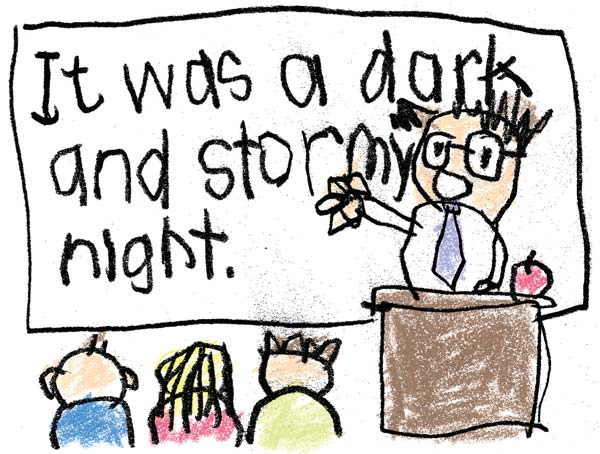
Things authors hear:
“I just bought a copy of your book, so you should be getting a little something extra in your paycheck this month!”
“I can’t wait for our library to get your book so I can read it.”
“Is writing books all you do?”
“I’ve got a great idea. You can write it and we can split the money.”
“People tell me all the time that I should write a book about my life.”
A poll recently showed that more than 80 percent of Americans believe their life story is worth a book and more than 60 percent believe they could write a book.
The most common question I get is, “How much money do you make?” Apparently, etiquette doesn’t apply when it comes to authors.






